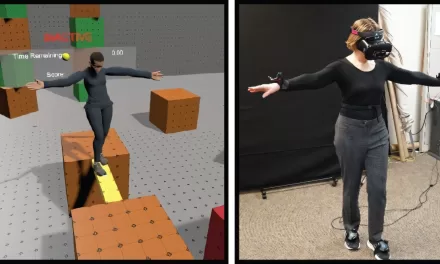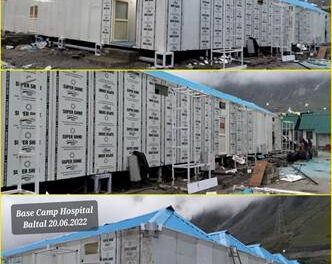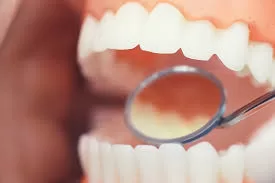In the bustling streets of 19th-century New York City, Theodore Gaillard Thomas garnered an unusual celebrity status as a gynecologist, but his fame stemmed not from his medical prowess alone, but from an audacious experiment involving milk as a substitute for blood. Amidst the uncertain landscape of early medical science, blood transfusions were perilous endeavors, fraught with the risk of immune reactions that could prove fatal. Thomas, however, believed fervently in the potential of milk transfusions, an idea he championed despite initial setbacks and adverse reactions in patients.
Fast forward to modern times, the pursuit of a viable blood substitute remains a critical challenge in emergency medicine. Recent developments have led to the emergence of products like ErythroMer, an experimental blood substitute crafted from recycled human hemoglobin encapsulated in a membrane, mimicking the function of natural red blood cells. Developed by Dr. Allan Doctor and his team at the University of Maryland, ErythroMer represents a promising advancement in the field of hemoglobin-based oxygen carriers (HBOCs).
The urgent need for such substitutes arises from the inherent limitations of donated blood—its short shelf life and inadequate supply in critical situations. In response to these challenges, ErythroMer offers a potential solution: a freeze-dried powder that can be easily reconstituted with saline, ensuring stability and compatibility with any blood type. This innovation holds particular promise for scenarios such as battlefield injuries or remote medical emergencies, where access to conventional blood transfusions may be limited or delayed.
Despite these advancements, the journey towards a commercially viable blood substitute has been fraught with setbacks and challenges. Previous attempts with similar products faced regulatory hurdles and safety concerns, leading to cautious optimism tempered by past disappointments. For instance, earlier HBOCs encountered issues like vasoconstriction and toxicity, highlighting the complex biochemical dynamics involved in replicating the functions of natural blood.
Looking ahead, researchers like Dr. Doctor remain cautiously optimistic about ErythroMer’s potential, buoyed by ongoing preclinical successes and strategic partnerships aimed at advancing its development. With continued support from initiatives like DARPA’s recent grant for blood substitute research, the future of ErythroMer and similar innovations appears promising, albeit with significant milestones yet to achieve.
As the quest for a safe and effective blood substitute continues, the medical community remains vigilant, balancing the promise of innovation with the imperative of patient safety. For now, ErythroMer and its counterparts represent a beacon of hope in addressing the persistent challenge of hemorrhagic shock and severe blood loss, underscoring the critical need for continued research and development in this vital area of medicine.












